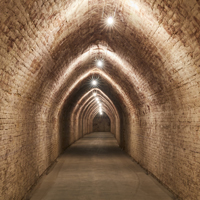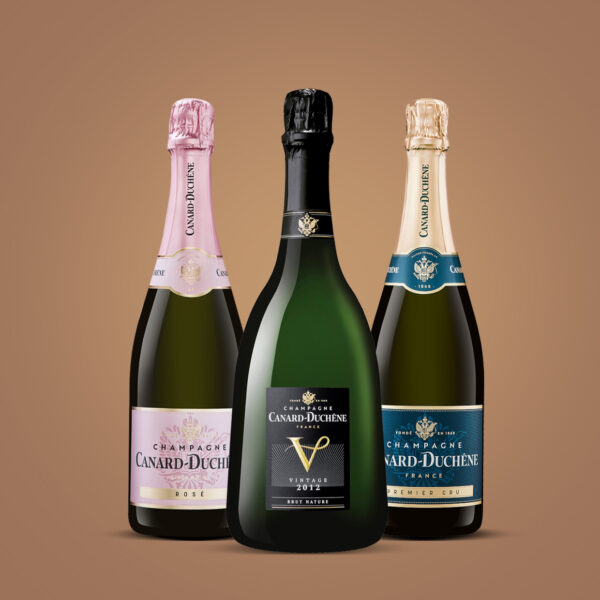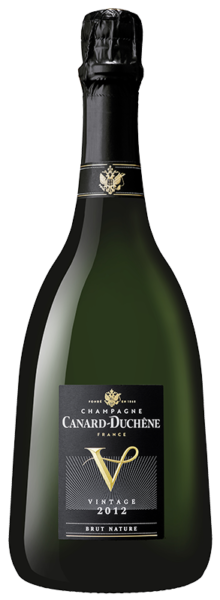The Mag
The blending of champagne at Canard-Duchêne

We had already shared with you the complete manufacturing of the champagne, let us be more interested in the blending stage. Nuances, tastes and aromas… Everything is created at this precise moment! Focus on this decisive phase in the elaboration of quality champagne.
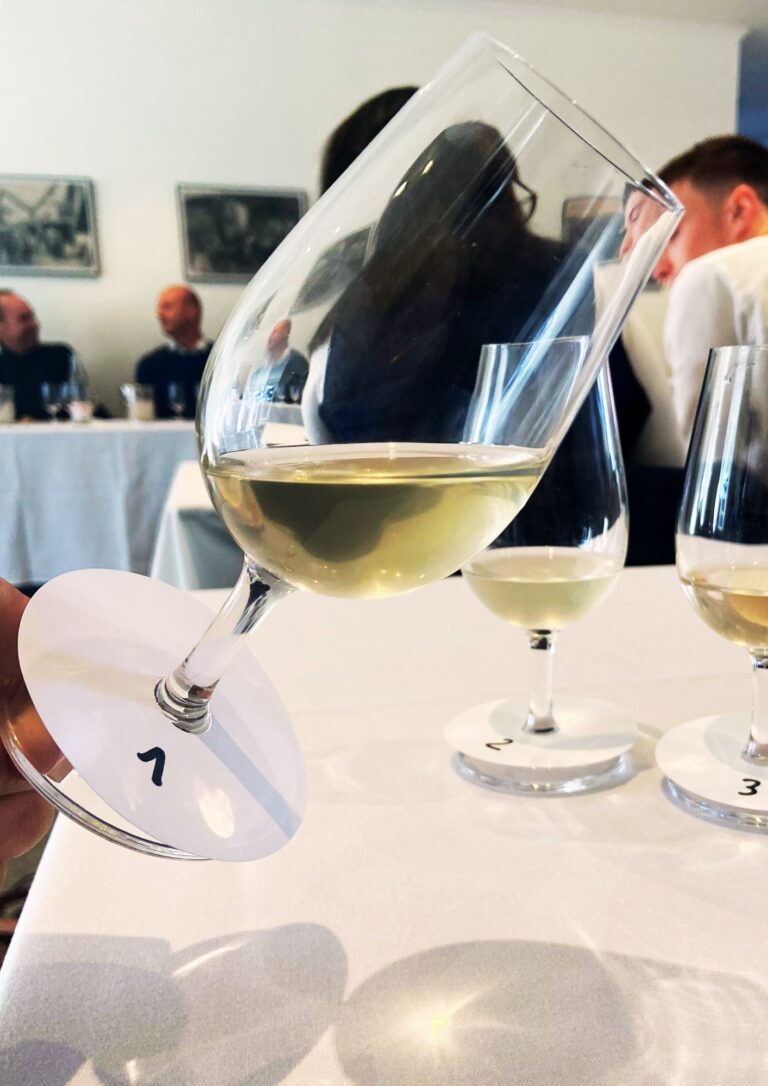
A crucial step in the elaboration of champagne
After being harvested by hand as required by the Champagne tradition, the grapes are then pressed and put into fermentation where the yeasts consume the sugar naturally present in the fruit in order to transform it into alcohol. We obtain still wines (i.e. not sparkling, for the moment) which evolve and are stored, most often, in thermoregulated stainless steel tanks.
Then comes the blending stage: as its name indicates, the aim is to associate several still wines (from a few to several dozen) like the different ingredients of a recipe. Each combination will give birth to the identity of a future champagne.
At Ludes, all of this is orchestrated under the attentive and caring eye of our Cellar Master, Laurent Fédou, and his team. They select the wines with care and finesse to create harmonious cuvees. According to him, this is the unique expression he seeks in the elaboration of each of the House’s champagnes:
“The Canard-Duchêne style par excellence: freshness and balance.”
Indeed, the personality of the Cellar Master also sets the tempo for developing the oenological identity of the House. He is the master of the common thread that will be found in each of the cuvees, in addition to their specific aromatic profiles.
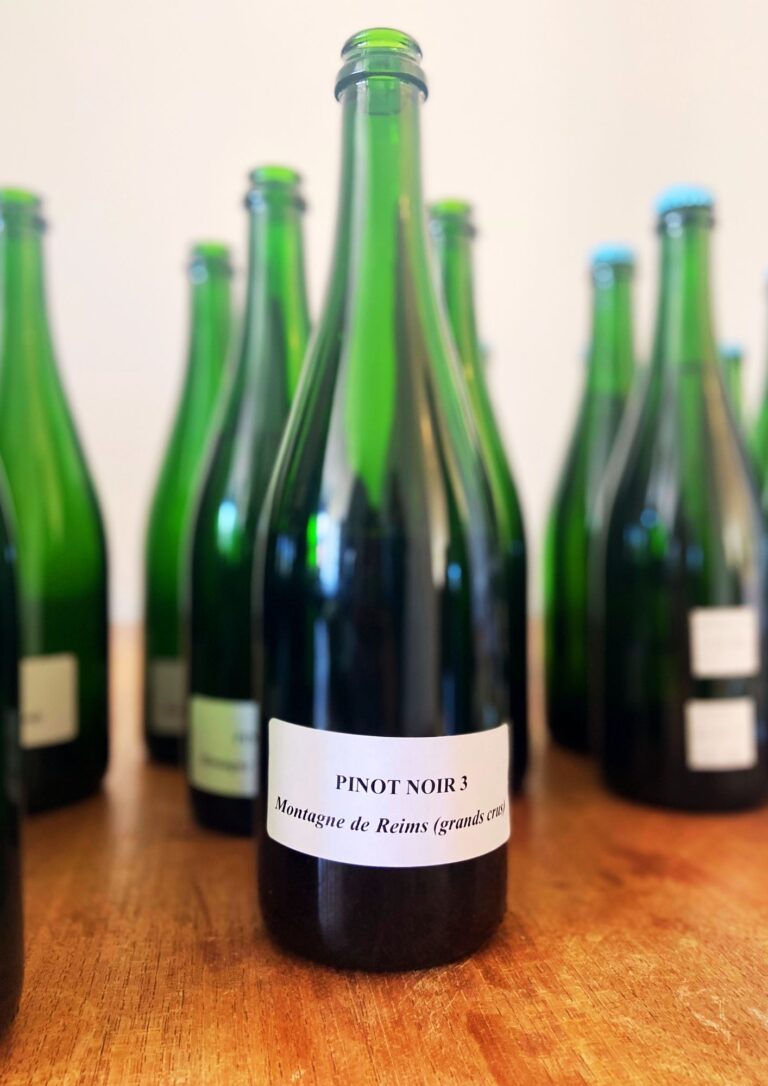
Blending: infinite nuances
In the winery, the juices are separated according to numerous criteria:
- By cru: a cru corresponds to a village, there are 319 in the appellation including 44 Premiers Crus and 17 Grands Crus that are recognized for the exceptional quality of their grapes. Sometimes we can even push the separation of the harvest by parcel.
- By faction: the first juices extracted during the pressing are called “cuvée” and are more qualitative than the last litres called “taille”.
- By grape variety: Pinot Noir, Meunier or Chardonnay
- By year
Indeed, each harvest is unique as much in terms of quantity as in terms of wine characteristics:
Was the climate favorable?
-
- Regular rainfall and good sunshine are ideal.
Is the vineyard healthy? The vines are healthy and blooming at the natural rhythm of the seasons.
Are the harvests generous? The grapes are sufficient and delicately hand-picked by passionate men and women.
The fruit of 70 million years of evolution and the natural richness of the land of the Champagne region offers us a delicious and complex palette of aromas and tastes to elaborate exceptional vintages. Concerning the 2022 harvest, because it takes good grapes to make good wines, it keeps its promise: we find freshness in our Chardonnay, structure and elegance in our Pinot Noirs and fruitiness in our Meunier! All the ingredients are gathered to allow our Cellar Master to imagine the most beautiful blends, work of reflection and creativity. So, we ask you to be patient before tasting these cuvees which will still have to bloom in the freshness of our cellars. Expect a rest of 15 months to 3 years on average, and even much more for some vintages.


The art of blending wines
Trying, analyzing, discovering… It’s an art and that’s what blending champagne is all about.
Experience, patience, knowledge, but also instinct makes all the difference in capturing the unique richness of the Montagne de Reims hillsides. The Cellar Master must have perfect knowledge and memory of his terroir to create the perfect combination of wines.
This is what Laurent Fédou and his oenological committee do every day. They accomplish this delicately so as not to rush the wines and preserve a subtle balance.
They proceed to numerous tastings and adjustments necessary to make the desired champagne because the recipe is not written in advance, from one year to another, the same still wines will not be used to obtain the same result, the same cuvée.
The difficulty lies in preserving the markers of the identity of previous years and creating unique champagnes.
Surprise, harmony, elegance, freshness, power, delicacy, finesse, depth, balance…
So many adjectives to describe the different champagnes of the Canard-Duchêne House.
Discover the collection of our requisite collection of champagnes.



Reserve wine, a Champagne speciality
The use of reserve wines is a technique specific to the Champagne region. It consists in putting aside, each year, a part of the harvest that will not be bottled immediately.
Once again, the decision is made by our panel of tasters who judge the aptitude of a wine to be kept in reserve or not. The selected vats will not be moved again until they are incorporated into a future blend.
These still wines, as if suspended in time, are the guarantors of the constancy of a style, of a cuvée. They allow, from one year to the next, to compensate for the variations of the harvest. Because even if we can tame nature, we can never control it, only it can decide what it gives us.
Canard-Duchêne goes even further by using the solera technique (also called perpetual reserve) for its Léonie cuvée.
The principle is to mix in the same tank wines from several years, the best of the best. And each year, a “new” wine is added to complete the older wines used. It is said that this method allows the older wines to educate the younger ones.
Thus, when there is no year indicated on the label of champagne, it means that it is composed of the assembly of wines from several harvests.
On the other hand, we speak of vintage champagne when the wines used are all from one and the same harvest. The goal is to create a unique cuvée, reflecting the best of the past year. Do you prefer 2010 or 2012?
These articles may be of interest to you
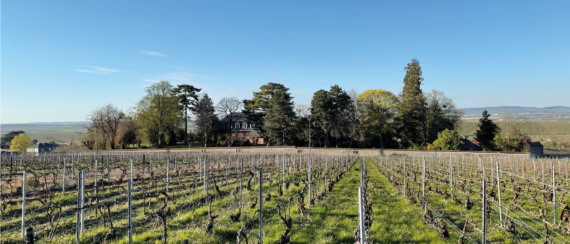

Knowledge
The awakening of the vines in spring
We had already shared with you the complete manufacturing of the champagne, let us be more interested in the blending stage. Nuances, tastes…


Maison Canard-Duchêne plays a starring role at the 2024 César Awards
In February in Ludes, when the hillsides are decked out in winter colours and tiny frost crystals illuminate the vineyards, everything seems wonderfully…



